Corsair Virtuoso Pro review: 'an incredibly natural experience I'm yet to see replicated in another gaming headset'
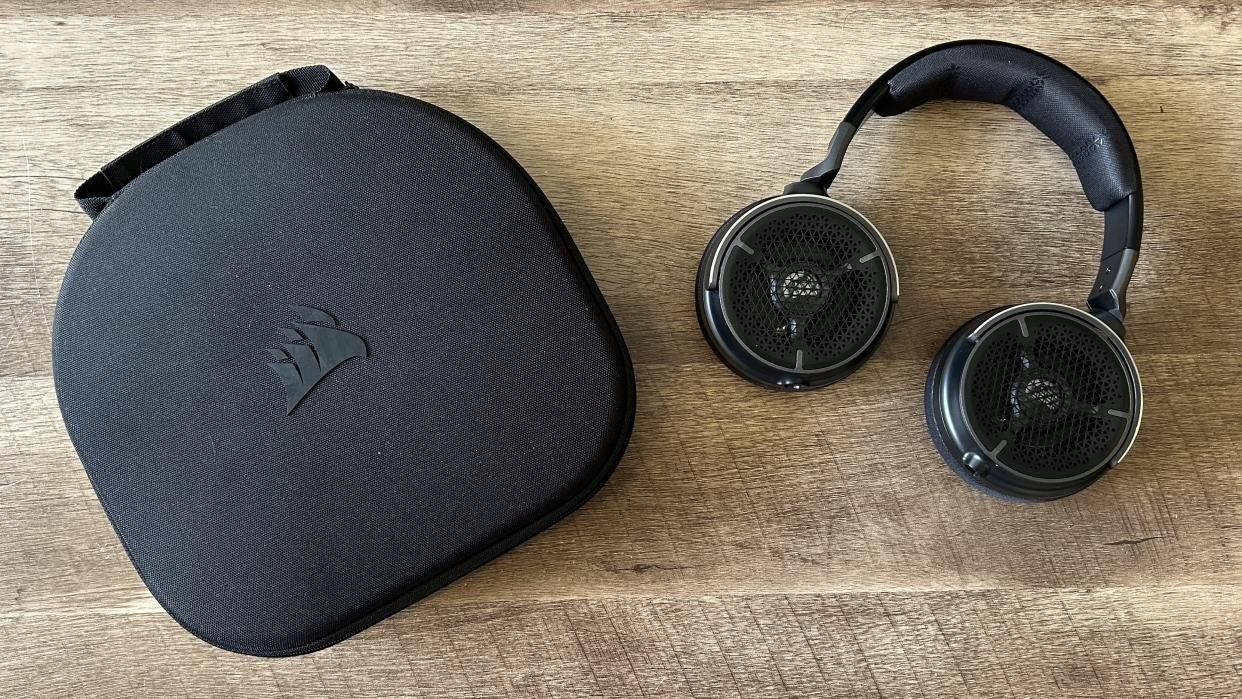
Open-back gaming headsets seem to have receded into the background in recent years - it seems players have become more interested in keeping environmental noise out than in. However, Corsair's latest entry into its proud Virtuoso line walks a different line. The Virtuoso Pro is aimed squarely at streamers, who would naturally prefer to hear themselves speak clearly over game audio.
That's not the only thing that's changed here, this is the first wired Virtuoso headset to enter the fray, and a more refined model at that. Paired with the Elgato Wave XLR it's a premium option for the more discerning streamer, or everyday players with some cash to splash. I've had the Corsair Virtuoso Pro wrapped around my noggin for the last three weeks to see just where this niche device lands among the best gaming headsets on the market.
Design
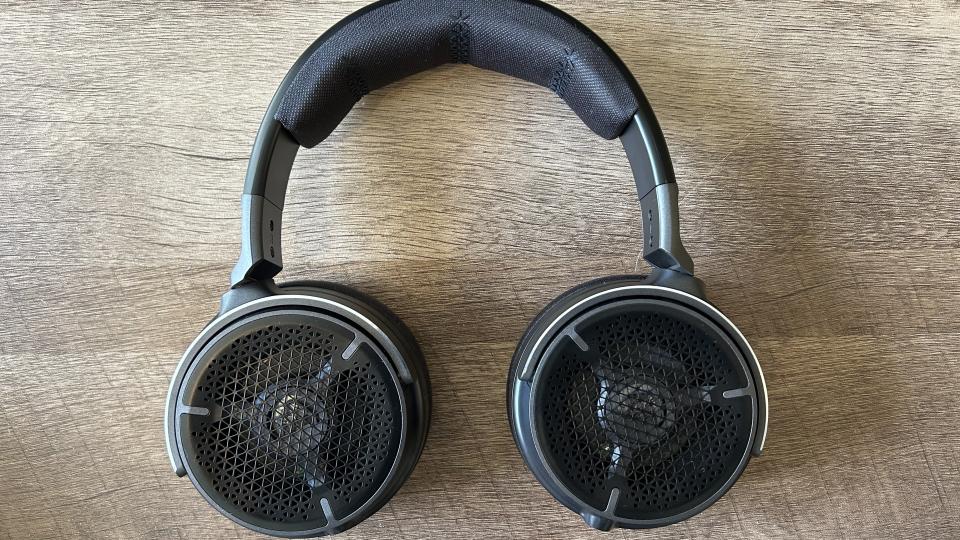
The Corsair Virtuoso Pro looks more like a cousin of its predecessors, rather than a direct sibling. The cups are noticeably flattened compared to the larger, more bulbous design on the Corsair Virtuoso RGB Wireless XT though the two-tone aesthetic and cool greys of that lineage still shine through. Instead, everything is far more subtle here. Yes, you're getting some eye-catching functional pieces like the open back grills on each side, but the simple design and lack of both RGB and clunky on-ear controls means this could easily be a high-end set of regular headphones.
The latest model certainly feels premium in the hand, with a solid aluminum headband and firm but comfortable padding running up top. The whole thing is wrapped in a lightweight textured material, which also peeks through the top of the band to sport Corsair's brand name. It's a classy touch that gives the impression of far greater attention to detail than you'll find in cheaper headsets.
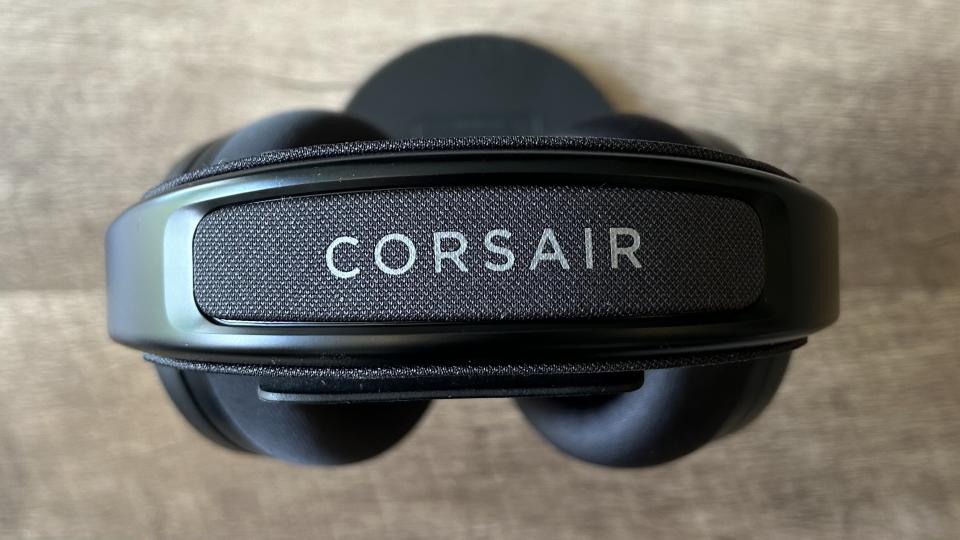
Underneath you'll find the cups themselves. I personally prefer an oblong shape, though my time with the Audeze Maxwell has certainly put that into perspective. These circular cups are much smaller than Audeze's but still manage to feel comfortable while covering the ear neatly. The full swivel on each side also helps nail that perfect spot as well. The aluminum has run out here, instead, each cup is covered with a solid-feeling plastic. This is nice and lightweight and still doesn't feel flimsy or like it'll break any time soon.

While the magic certainly happens inside these cups, the visual design of the back is something to behold. This is perhaps the most distinctive aspect of the Virtuoso Pro at first glance, the only real indication that there's something else going on behind the scenes. The back of each cup is covered with triangular-shaped grills running nearly the full span of the circular piece. Underneath each, you can just about make out a Corsair logo, an almost hidden piece of branding nestled in the center of what looks like a hubcap design with three spokes drawing out from the middle. Paired with the light reflective shine of the aluminum yokes, this is a particularly luxurious aesthetic.
Features
Being an open-back acoustic headset, the Virtuoso Pro is lean on additional features. The additional Wave XLR mic control pad opens you up to extra microphone features like anti-distortion and direct mixing software integration - for a $159.99 premium. By itself, though, you'll find a set of wires to connect the omnidirectional microphone (a separate set of wires to a standard mic-less setup), and that's about it. Rather than sporting RGB lighting or swathes of EQ settings, the Pro concentrates its efforts on an effortless integration with streamers' existing workflows.
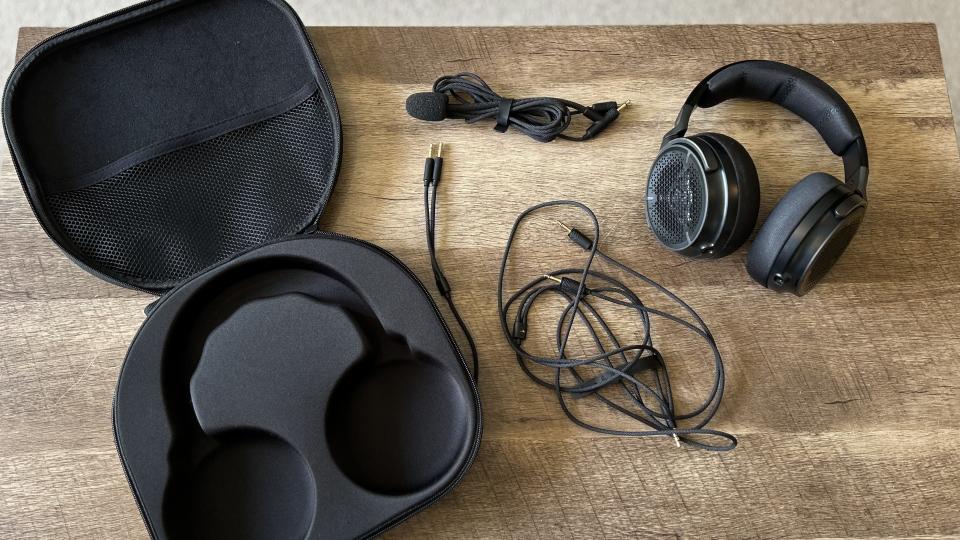
Each of the braided cables included in the luxury carry case offers its own use case. You've got the standard mic-less fare, designed to be used by those who already use a separate mic or have the aforementioned Wave XLR device on their desk. For everyday players, though, the process of jumping into chat certainly isn't a case of simply flicking a microphone down. You've got to completely disconnect from your system, locate the second cable set, and plug it back in. Of course, that's not going to be a problem for this streaming audience, but if you're an everyday player who regularly swaps between solo and multiplayer adventures it's going to grow tiresome.
The only other point of note is those cups themselves. Corsair has opted for graphene drivers here, a driver I've just finished testing in the Logitech G Pro X 2. Like Logitech's implementation, it's only the finely tuned ear that's going to notice the difference here. By the book, though, this driver material is supposed to offer lower distortion overall, while being considerably lighter than other materials.
Performance
I'm walking through the hum of Neon City's Astral Lounge, exploring the dancefloor and seeking out a shady dealer. Panning the camera around the scene, I can hear the music change its shape, with various shouts, whistles, and conversations sliding around the soundstage in perfect harmony with the bustling scene before me. It strikes me that Starfield's world sounds bigger through these cups, the spaces between each sound feel intuitively real - in a way I haven't exactly experienced before.
The Corsair Virtuoso Pro sounds fantastic. The open back not only kept me from feeling like I was talking into a bubble on chat but also allowed for a far wider soundstage in-game. This was an incredibly natural experience, and one I'm yet to see replicated in another gaming headset - closed or open back in design. No, there's no digital surround sound to pinpoint footsteps or a reload, but the Pros don't necessarily need it. By its open-back nature, you're already getting a solid level of directional audio here - enhanced by the clear detailing of those graphene drivers.
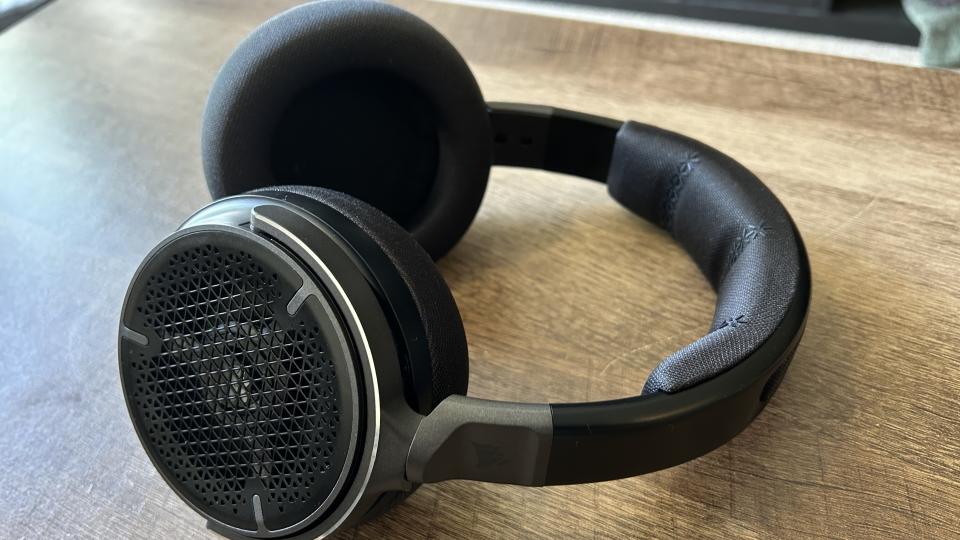
It's an effortlessly high quality, one that doesn't cram a low buzz of active noise cancellation or the odd clipping of upscaled surround sound. The Corsair Virtuoso Pro simply opens the environment up, moving further into the highs and lows and allowing the game's audio to speak (and breathe) for itself.
That's not to say, though, that I necessarily preferred the overall listening experience when compared to a true audiophile's headset like the Audeze Maxwell. There's less room in the mid-range here, so the majority of everyday sounds are sometimes punctured with a flatter quality overall. Similarly, the lower ranges are nicely detailed but at the expense of power compared to Maxwell's mastery of both. If you want a ground-shaking explosion to hit you straight in the ear drum, this isn't the headset for you.
Should you buy the Corsair Virtuoso Pro?
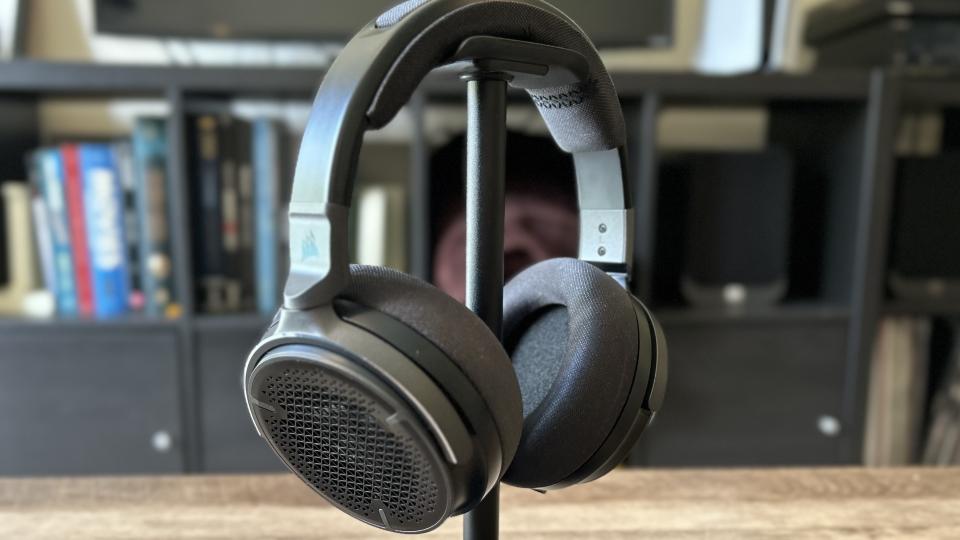
The Virtuoso Pro is one of the most unique gaming headsets I've tested so far. Its sound replicates immersive environments with a natural detail that I've yet to come across in other devices and does so while still balancing effects, dialogue, and UI sounds nicely. It's audio that's well worth the $200 / £200 in the right hands, especially if you're a streamer looking for a more comfortable experience straight out of the box.
However, the Virtuoso Pro has naturally had to drop a wad of features to achieve this open back sound, and that's where things start to dip for the everyday player. Having to swap cables for a microphone is just the start, but there are wireless gaming headsets out there with EQ settings and surround sound for just a little more cash (and sometimes far less if you're happy to drop this level of sound quality). Similarly, the leakage of sound is going to move both ways, so if you're not playing in your own isolated space things are going to get annoying for all parties involved.
The Corsair Virtuoso Pro makes sense if you're a streamer (ideally already with extra mic kit), or a solo player willing to invest in a more realistic soundstage specifically (with a gaming room to do it in).
How we tested the Corsair Virtuoso Pro
I used the Corsair Virtuoso Pro as my main gaming headset for three weeks, with an additional week of testing against both the Audeze Maxwell and Sony Inzone H5. In that time, I played Starfield, Arcade Paradise, and Eastward both via a Razer Blade 14 gaming laptop and on the Asus ROG Ally. I also tested across more competitive titles like CS:GO with chat. For more information on how we test gaming headsets, check out the full GamesRadar+ Hardware Policy.
We're also rounding up all the best PC headsets for gaming as well as the best PS5 headsets and the best Xbox Series X headsets on the market.

